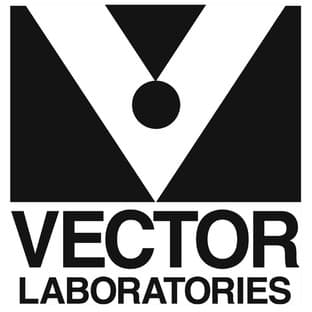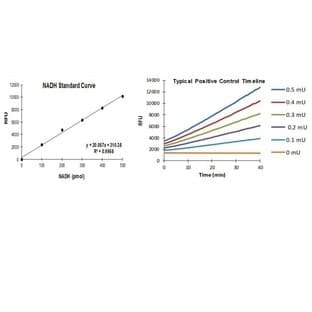
Supplier:
Alomone Labs Limited.Cat no: N-130
BUY mNGF 7S
Mouse Nerve Growth Factor 7S
Mouse submaxillary glands
The neurotrophins ("neuro" means nerve and "trophe" means nutrient) are a family of soluble, basic growth factors which regulate neuronal development, maintenance, survival and death in the CNS and the PNS. NGF, the first member of the family to be discovered, was originally purified as a factor able to support survival of sympathetic and sensory spinal neurons in culture. It is synthesized and secreted by sympathetic and sensory target organs and provides trophic support to neurons as they reach their final target. Neurotrophin secretion increases in the nervous system following injury. Schwann cells, fibroblasts, and activated mast cells normally synthesize NGF constitutively; however direct trauma and induction of cytokines combine to increase neurotrophin production in these cells after injury.
NGF is purified in three forms: the 7S, 2.5S and beta. The 7S, 130 kDa, form occurs naturally in mouse submaxillary glands, and is a multimeric protein composed of two alpha, one beta and two gamma subunits. The name is derived from its sedimentation co-efficient, 7S. The biologically active subunit is the beta, which is a 26 kDa dimer composed of two identical 120 amino acid chains held together by hydrophobic interactions. The alpha chain stabilizes the 7S complex and binds two zinc ions per 7S complex as cofactor at the beta-gamma interface. The gamma chain is an arginine specific protease; it may also have plasminongen activator activity as well as mitogenic activity for chick embryo fibroblasts. The 2.5S form is 9 amino acids shorter than the beta form, because of proteolysis that occurs during the purification process.
The structural hallmark of all the neurotrophins is the characteristic arrangement of the disulfide bridges known as the cysteine knot, which has been found in other growth factors such as Platelet-Derived Growth Factor. There is a 95.8% homology between the rat and mouse forms, and an 85% homology between the human and mouse.
NGF has been shown to regulate neuronal survival, development function and plasticity. Recently, involvement of NGF in processes not involving neuronal cells has been shown, such as asthma, psoriasis and wound healing. The biological effects of NGF are mediated by two receptors: TrkA, which is specific for NGF and p75, which binds all the neurotrophins.
Neurotrophic Factors, Nerve Growth Factors, NGF
Prices direct from Alomone Labs Limited.
Quick response times
Exclusive Absave savings/discounts
Latest promotions
Buy any polyclonal or monoclonal antibody from our extensive range of pre-made antibodies and for a limited time only receive a $50 discount!(T&C apply:...
New brilliant antibodies, and new lower prices!For flow cytometry reagents in general, \"bright is better.\" The violet-excitable BD Horizon™ BV421 and...
10% Discount on 2 Rabbit Polyclonal Antibody Service. With over 20 years experience, SDIX has developed into the premier US custom antibody producer,...
For the past decade scientists have extensively used ATS secondary toxin conjugates to make their own targeted toxins for in vitro use.The ability to combine...
We're so sure that you'll prefer Cayman Assay kits over your present brand that we're willing to give you a free assay kit to prove it!
Did your supplier increase the price of Fetal Bovine Serum? Did they substitute the US Origin with USDA? Well say no more! Innovative Research is still...
Bulk Cytokines with Custom Vialing.20 - 50% off cytokines, growth factors, chemokines and more...For a limited time Cell Sciences is offering substantial...
Are you planning to have a customised antibody made for your research?Since 2000, Everest has been producing a catalog containing thousands of affinity...
Top suppliers
Agrisera AB
11 products
Biotrend
Biosensis
969 products
ABBIOTEC
3011 products
SDIX
1 products
Spring Bioscience
2291 products
Cell Signaling Technology
4976 products
Rockland Immunochemicals, Inc.
7592 products
Boster Immunoleader
1533 products
OriGene Technologies Inc.
5281 products
Maine Biotechnology Services
227 products
BD (Becton, Dickinson and Company)
1 products
ABNOVA CORPORATION
Randox Life Sciences
1502 products
















